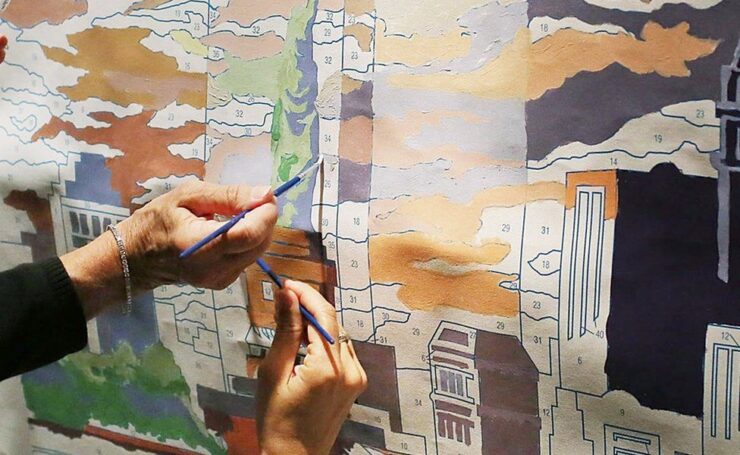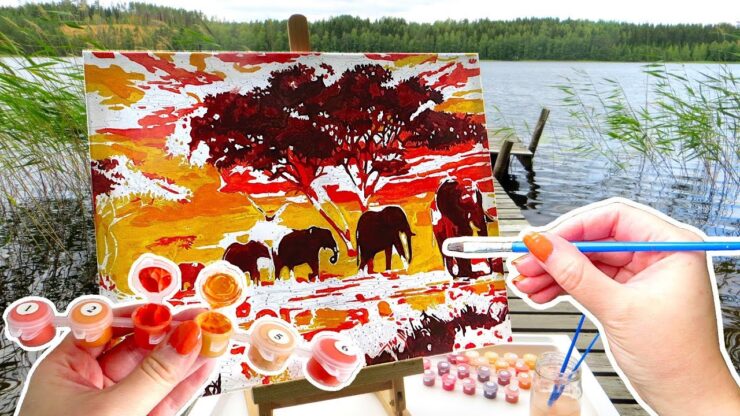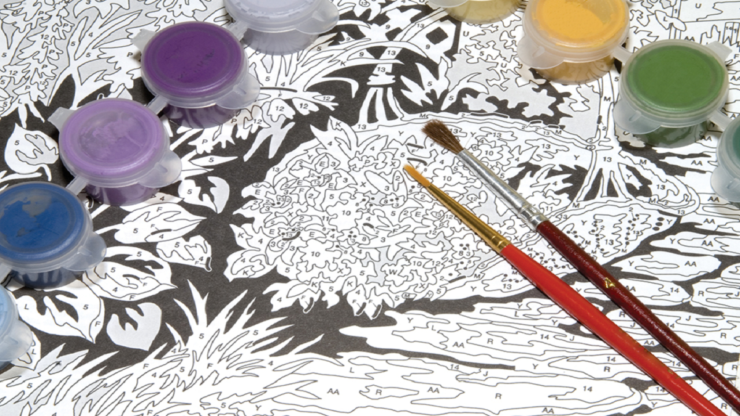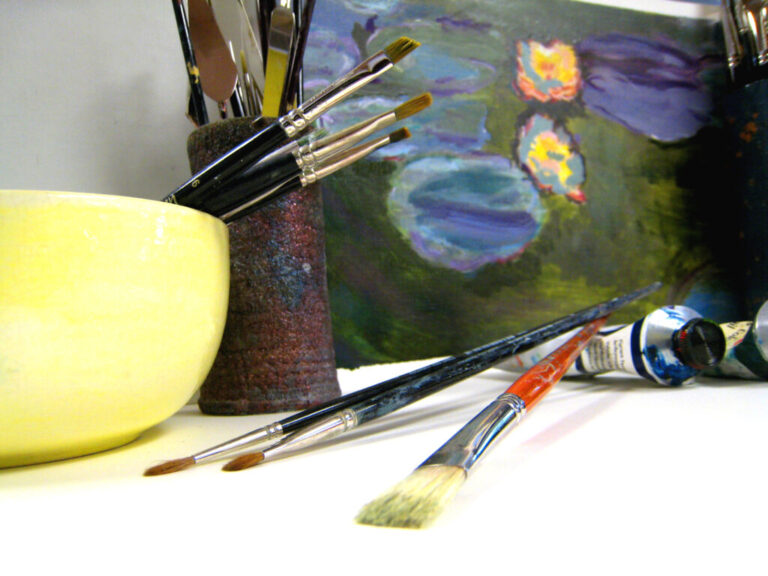Painters have something that other people don’t – talents and artistic skills. A person who is not talented, can’t develop a lot as a painter, but those who have a sense of how things should be done, can easily adapt to the art, and become even better. Raw talent means nothing if it’s not boosted and developed over time.
Sometimes, even the children show they are interested in painting, so the parents should encourage and motivate them, so they can embrace their talents, and become popular painters (if they want that). One of the most common issues is that it takes time until the audience recognizes the potential, so nowadays, painting is mostly a hobby for talented people. But, if you still want to work on it, you can start with some simple kits or even online courses for beginners, so you can see where you are now, and where do you want to be in the next few months or years.
To find out if you have a talent or a sense, look at famous works of art. Ask yourself how you perceive them. Then visit several art galleries. The beginning of development is precisely in the observation and perception of art. If you see potential in yourself, your child, or a loved one, then it is time to start working on the development of artistic expression.
But how do you get started? Here are some tips to help you do just that:
1. Order simple art kits to practice

These can be canvases of different sizes, colors, brushes, pencils, and even personalized paint-by-numbers pictures. In this way, the novice artist learns the basics of painting. Over time, he gets a personal sense of how he should divide the canvas, what the proportions of the drawn figures are, and how small the details that make the difference between a simple drawing and a work of art can be. In our opinion, paint-by-numbers is an ideal way to start this adventure. You can be really creative and see what features you actually have on CustomPaintByNumber and their unique masterpieces.
2. Master one method, before you move to another
Very talented people don’t need this, because they have had that sense, like forever, and they are practically born with it. But the students must recognize the materials, and get to know their features properly. They need to learn how to draw or make sketches first, and then they are ready to move to advanced methods.
When things are done properly, by taking one step at a time, the improvement will be visible even after a few weeks of the course. The whole process is really exciting because we discover a lot of new things, that are useful to us.
3. Practice every day

Improving skills depends on how much we practice them daily. This also applies to painting. Start with cheaper art supplies and draw simple sketches, then move on to more complicated tasks. Dedicate yourself to it every day, whether you want it to be your hobby or profession. The longer you practice, the more depth you can achieve in your work. With each passing day, you will become better at what you do.
4. Get to know and understand the colors
The colors are obtained from the three basic – blue, red, and yellow. Secondary colors are obtained with their combinations. For example, orange from yellow and red, then green from blue and yellow, and of course, lilac as a result of blue and red. By adding black and white, dark and light shades are obtained. But, for example, if you add more red to lilac, you get a purple hue, and if you lighten it, you get a lavender color. The combinations are endless. You also need to learn how to get the effect of three-dimensionality or transparency. All the secrets are in the mixing of colors. Therefore, take enough time and dedicate yourself to improving your painting techniques.
5. Plan your painting in advance
When you have a canvas available, you need to divide it into segments. That way you will achieve the depth of the composition. If you can, make a sketch on plain paper so you can see what it will look like on a canvas. Make sure you have all the tools you need to achieve what you set out to do. Be creative and achieve effects with objects that are not intended for painting. Do this until it is time to know exactly what to do when the painting appears in front of you.
6. Combine simple shapes and colors

Use nature as inspiration. There are perfect shapes and lines in nature that can inspire you. You can start by simply painting on a water surface, adding rocks, trees, stones, flowers, etc. Then you can commit to combining them. Learn how to draw lines, how to move your hand freely, and use photos as a reference.
You can try to draw a scene from nature. Then you will try to combine the colors to get the desired shades. Do this gradually, step by step, so that you can free yourself and not be afraid, even if you make a mistake.
Additional note: Study the theoretical aspects of art. They will help you understand many things in advance. Find a few books to help you do just that, and apply the tips.
Conclusion
Even if you are a talented painter, or you know a kid that needs some boost, practicing is the most important part of becoming an artist. It may take a lot of time, and require a lot of effort, but it’s surely worth it. Even the best painters in the world were practicing their style until they made it perfect. The raw talent is crucial, but it takes a lot of practicing until you can say you know how to paint.
Surely, we hope that this advice was helpful for you, and we really want to see some of your paintings reach high prices in the galleries.
Related Posts:
- 20 Best Gaming Headset Under 50$ 2024 - for PC, PS4,…
- Top 10 Best Paint Sprayer For Cabinets 2024 -…
- 15 Best Dog Food For Allergies 2024 - Adult, Puppy…
- 12 Best Car Wax For Black Cars 2024 - Protection and…
- Top 16 Best Office Chair Covers 2024 - Chair…
- Top 10 Best Power Inverter for Car 2024 - Keep Your…







